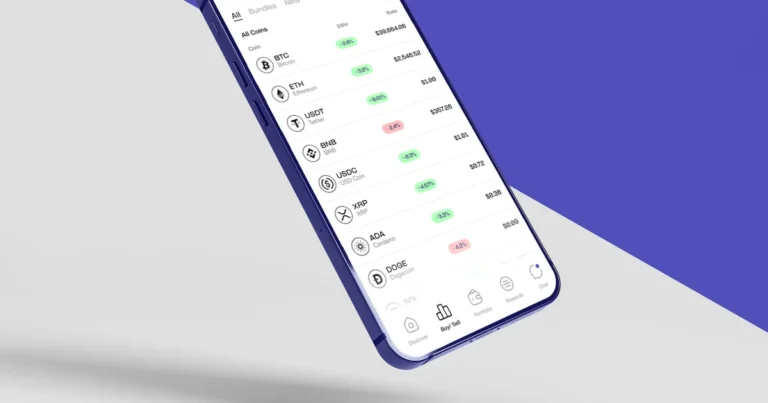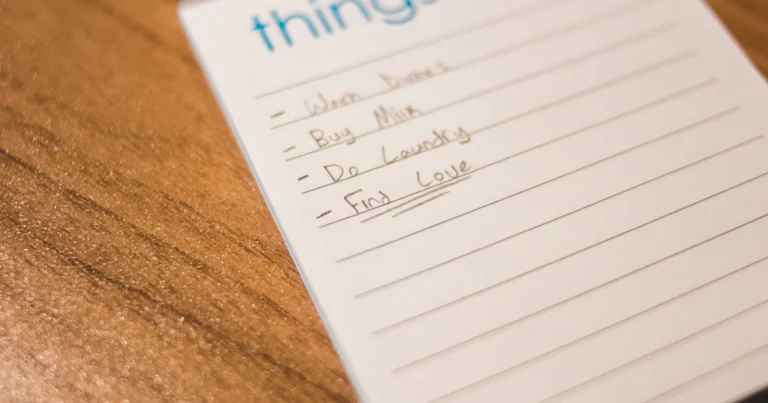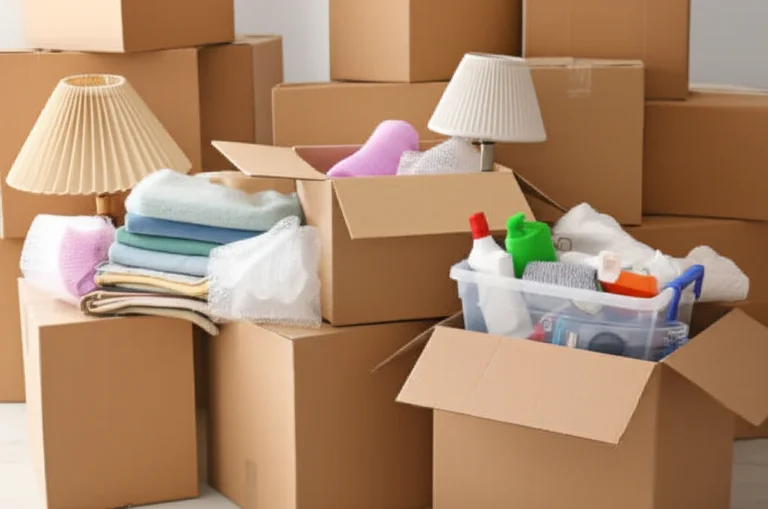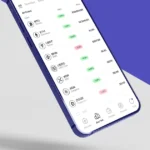Support our educational content for free when you purchase through links on our site. Learn more
Is a Move-In Checklist Required in Florida? [2024] 📦✅

Picture this: you’ve just signed the lease for your dream apartment in sunny Florida. You can already envision yourself lounging by the pool and enjoying the beautiful beaches. But before you can settle in and start living the Florida lifestyle, there’s one important task you shouldn’t overlook: creating a move-in checklist.
In this comprehensive guide, we’ll dive deep into the world of move-in checklists and explore whether they are required in Florida. We’ll cover everything from what a move-in checklist is to how to record the condition of the property and what to do after completing the checklist. So grab a glass of orange juice and let’s get started!
Table of Contents
- Quick Answer
- Quick Tips and Facts
- Background: The Importance of Move-In Checklists
- What Is a Move-In Checklist and Why Is It Important?
- What to Include in a Move-In Checklist for Landlords and Tenants
- How to Record the Condition of the Property on a Move-In Checklist
- What to Do After Completing a Move-In Checklist
- Simplify Renting with Avail
- FAQ
- Conclusion
- Recommended Links
- Reference Links
Quick Answer
Yes, a move-in checklist is required in Florida. It is a crucial document that protects both tenants and landlords by documenting the condition of the rental property before the tenant moves in. By completing a move-in checklist, tenants can avoid being held responsible for any pre-existing damages, while landlords can ensure that their property is well-maintained. Creating a move-in checklist is a simple yet effective way to prevent disputes and ensure a smooth move-in process.
📦✅ 👉 CHECK PRICE on: Amazon | Walmart | Etsy
Quick Tips and Facts
- A move-in checklist is a form that documents the condition and contents of a rental property before a tenant moves in.
- It protects tenants from being charged for property damage they didn’t cause and allows landlords to track the condition of the rental over time.
- Some states, including Florida, require landlords to provide tenants with a move-in checklist.
- The checklist should include detailed descriptions of the property’s condition, including any existing damages or issues.
- It is recommended to send the move-in checklist to tenants at least two weeks before the move-in date.
- Both the tenant and the landlord should review and sign the completed checklist.
- Avail is a rental property management app that can simplify the move-in process for both landlords and tenants.
Now that we’ve covered the basics, let’s delve deeper into the world of move-in checklists and explore why they are so important.
Background: The Importance of Move-In Checklists

Moving into a new rental property is an exciting time, but it can also be stressful. From packing up your belongings to coordinating the logistics of the move, there’s a lot to think about. Amidst the chaos, it’s easy to overlook the importance of documenting the condition of the property before you move in. That’s where a move-in checklist comes in.
A move-in checklist is a simple yet powerful tool that protects both tenants and landlords. It serves as a record of the property’s condition at the beginning of the tenancy, ensuring that everyone is on the same page regarding any existing damages or issues. By completing a move-in checklist, tenants can avoid being held responsible for pre-existing damages, while landlords can track the condition of their property over time.
What Is a Move-In Checklist and Why Is It Important?
A move-in checklist is a detailed document that outlines the condition of a rental property before a tenant moves in. It typically includes a comprehensive list of items and areas to inspect, such as doors, windows, ceilings, floors, lighting, electrical outlets, air vents, and smoke detectors. Additionally, it covers specific areas like entryways, kitchen, living room, dining area, bedrooms, and bathrooms.
The purpose of a move-in checklist is to document any existing damages, wear and tear, or issues with the property. By thoroughly inspecting the property and noting down any concerns, tenants can protect themselves from being held responsible for damages they didn’t cause. On the other hand, landlords can use the move-in checklist as a reference point to assess the condition of the property at the end of the tenancy.
📚 Related Article: The Ultimate Apartment Move-In Inspection Checklist 2024
What to Include in a Move-In Checklist for Landlords and Tenants
When creating a move-in checklist, it’s important to be thorough and detailed. Here are some key items to include:
- Doors: Check for any damages, such as scratches or dents, and ensure they open and close properly.
- Windows: Inspect for cracks, broken seals, or any issues with opening and closing.
- Ceilings: Look for water stains, cracks, or signs of leaks.
- Floors: Note any scratches, stains, or damaged areas.
- Lighting: Test all light fixtures and ensure they are in working order.
- Electrical Outlets: Check for loose outlets or any electrical issues.
- Air Vents: Make sure they are clean and unobstructed.
- Smoke Detectors: Test the smoke detectors to ensure they are functioning correctly.
In addition to these general items, it’s important to assess specific areas of the property, such as the entryways, kitchen, living room, dining area, bedrooms, and bathrooms. Pay attention to any damages, cleanliness issues, or missing items in each area.
To make the move-in checklist more user-friendly, you can use a key system to indicate the condition of each item. For example:
- S = Satisfactory
- NC = Needs Cleaning
- NP = Needs Painting
- NR = Needs Repair
- SC = Scratched
- RP = Needs Replacing
- NA = Not Applicable
By using this key system, both tenants and landlords can easily understand the condition of each item on the checklist.
How to Record the Condition of the Property on a Move-In Checklist
Recording the condition of the property on a move-in checklist is a crucial step in the process. Here are some tips to ensure accuracy and thoroughness:
- Take your time: Don’t rush through the inspection. Take the time to carefully assess each item and area of the property.
- Be detailed: Provide specific descriptions of any damages or issues you notice. Take photos if necessary to document the condition.
- Communicate with your landlord: If you notice any significant damages or concerns, communicate them to your landlord or property manager. This will help avoid disputes later on.
- Involve the landlord: It’s a good idea to involve your landlord or property manager in the move-in inspection. This way, they can verify the condition of the property and address any questions or concerns you may have.
Once you’ve completed the move-in checklist, make sure both you and your landlord review and sign the document. This serves as proof that both parties agree on the condition of the property at the beginning of the tenancy.
What to Do After Completing a Move-In Checklist
Completing the move-in checklist is just the first step. Here’s what you should do next:
- Keep a copy: Make sure to keep a copy of the completed move-in checklist for your records. This will come in handy when you move out and need to compare the condition of the property.
- Report any issues: If you notice any new damages or issues during your tenancy, report them to your landlord or property manager as soon as possible. This will help ensure that necessary repairs are made in a timely manner.
- Document repairs: If any repairs are made during your tenancy, keep a record of them. This can be useful if there are any disputes regarding the condition of the property when you move out.
- Conduct a move-out inspection: When it’s time to move out, use the move-in checklist as a reference point to assess the condition of the property. This will help you identify any damages that occurred during your tenancy and ensure that you are not held responsible for pre-existing issues.
Simplify Renting with Avail
Managing the move-in process and keeping track of maintenance requests can be overwhelming. That’s where Avail comes in. Avail is a rental property management app that simplifies the renting experience for both landlords and tenants. With Avail, you can:
- List your property and find qualified tenants.
- Screen tenants and run background checks.
- Set up online rent payments for easy and convenient transactions.
- Track maintenance tickets and communicate with your landlord or property manager.
- Pay rent online and keep track of your rental payments.
Avail is designed to streamline the rental process and make life easier for both landlords and tenants. Whether you’re a first-time renter or an experienced landlord, Avail can help simplify the move-in process and ensure a smooth tenancy.
FAQ

What are landlords required to provide in Florida?
In Florida, landlords are required to provide a safe and habitable living environment for their tenants. This includes ensuring that the property meets all building and housing codes, maintaining the property’s structural integrity, and providing essential services such as water, electricity, and heating.
Read more about “The Ultimate Apartment Move-In Inspection Checklist …”
What is the purpose of the move-in checklist?
The purpose of a move-in checklist is to document the condition of the rental property before the tenant moves in. It serves as a reference point to assess any damages or issues that existed prior to the tenant’s occupancy. By completing a move-in checklist, tenants can avoid being held responsible for pre-existing damages, while landlords can track the condition of their property over time.
Read more about “Move-In Checklist Apartment: Your Ultimate Guide to a Hassle-Free Move! … 📦”
What is the 83.53 law in Florida?
The 83.53 law in Florida, also known as the Landlord’s Obligation to Maintain Premises, outlines the responsibilities of landlords regarding property maintenance. Under this law, landlords are required to maintain the rental property in a safe and habitable condition, including complying with all applicable building and housing codes.
Is a move-out inspection required in Florida?
While a move-out inspection is not explicitly required by law in Florida, it is highly recommended for both tenants and landlords. A move-out inspection allows both parties to assess the condition of the property at the end of the tenancy and identify any damages that occurred during the tenant’s occupancy. This can help prevent disputes and ensure a smooth transition between tenants.
Conclusion

In conclusion, a move-in checklist is a crucial document that protects both tenants and landlords in Florida. By documenting the condition of the rental property before the tenant moves in, a move-in checklist helps prevent disputes and ensures that everyone is on the same page regarding any existing damages or issues. It’s a simple yet effective way to create transparency and maintain a positive landlord-tenant relationship.
So, before you start unpacking your flip-flops and soaking up the Florida sun, take the time to create a comprehensive move-in checklist. It’s a small investment of time that can save you from potential headaches down the road. Happy moving!
📦✅ 👉 CHECK PRICE on: Amazon | Walmart | Etsy
Recommended Links
- Moving Essentials
- Moving Day Checklist
- Packing Tips
- Home Organization
- Long Distance Moves
- The Ultimate Apartment Move-In Inspection Checklist 2024




